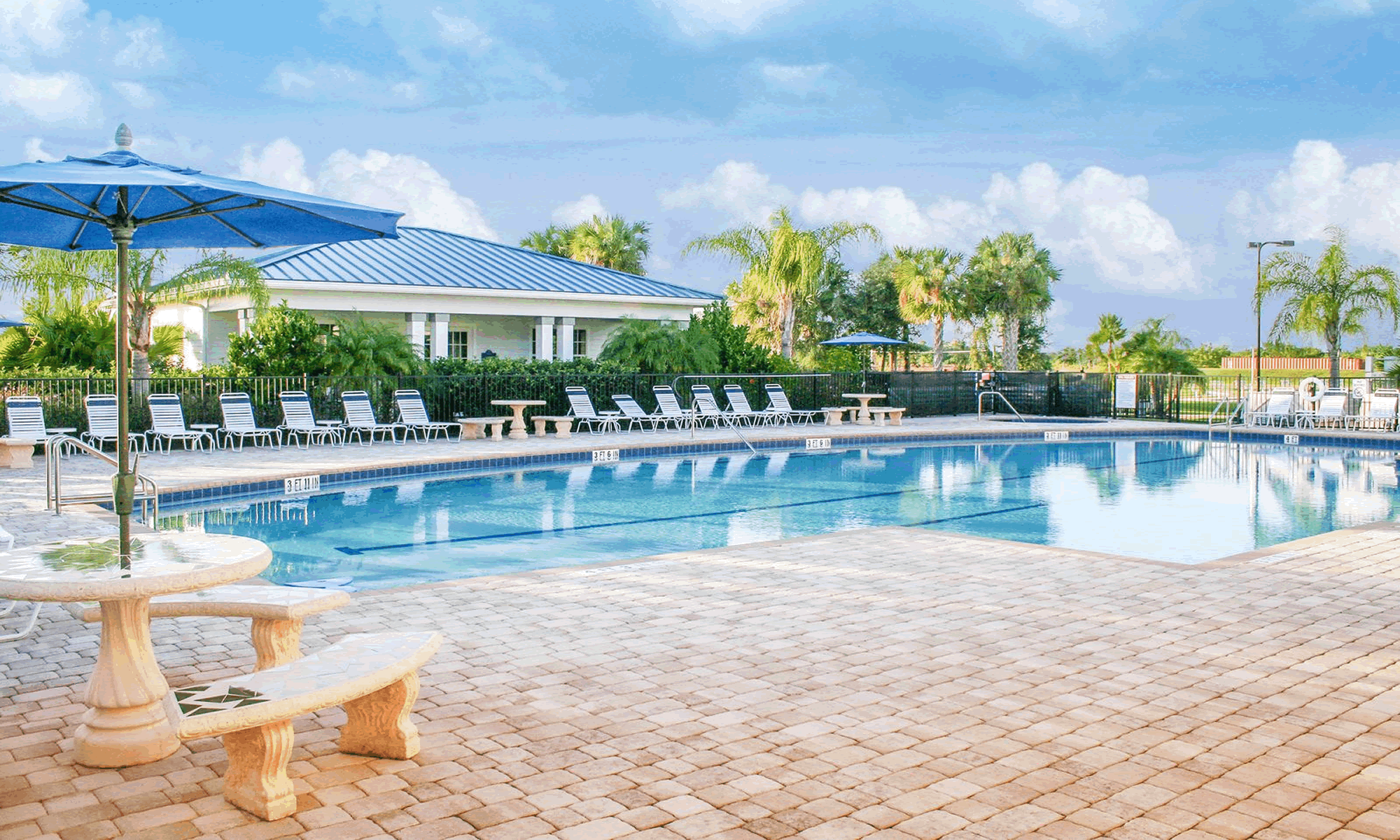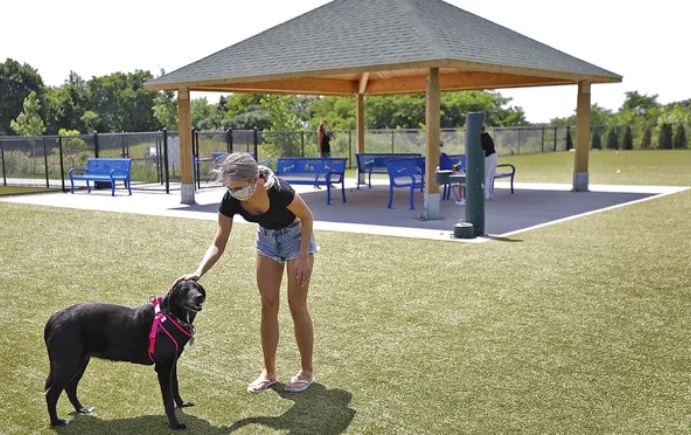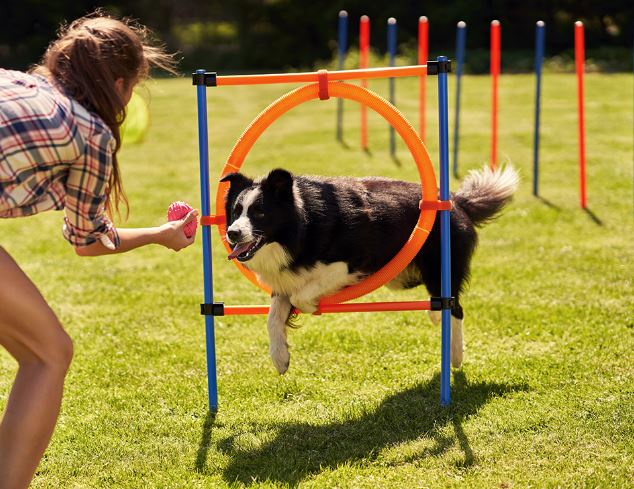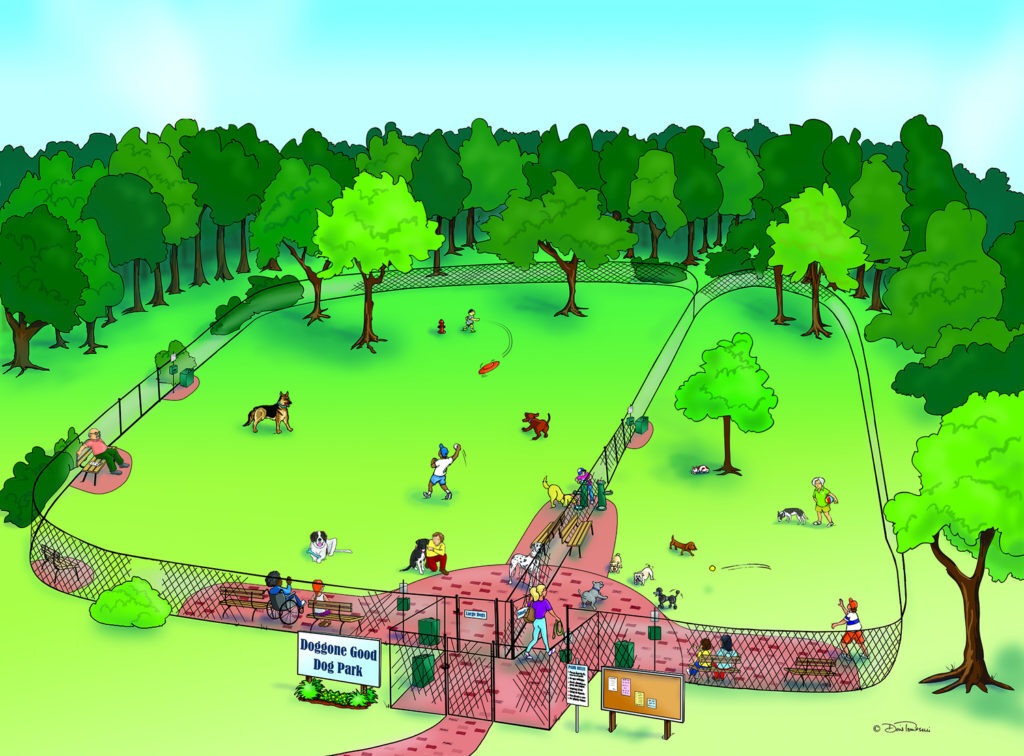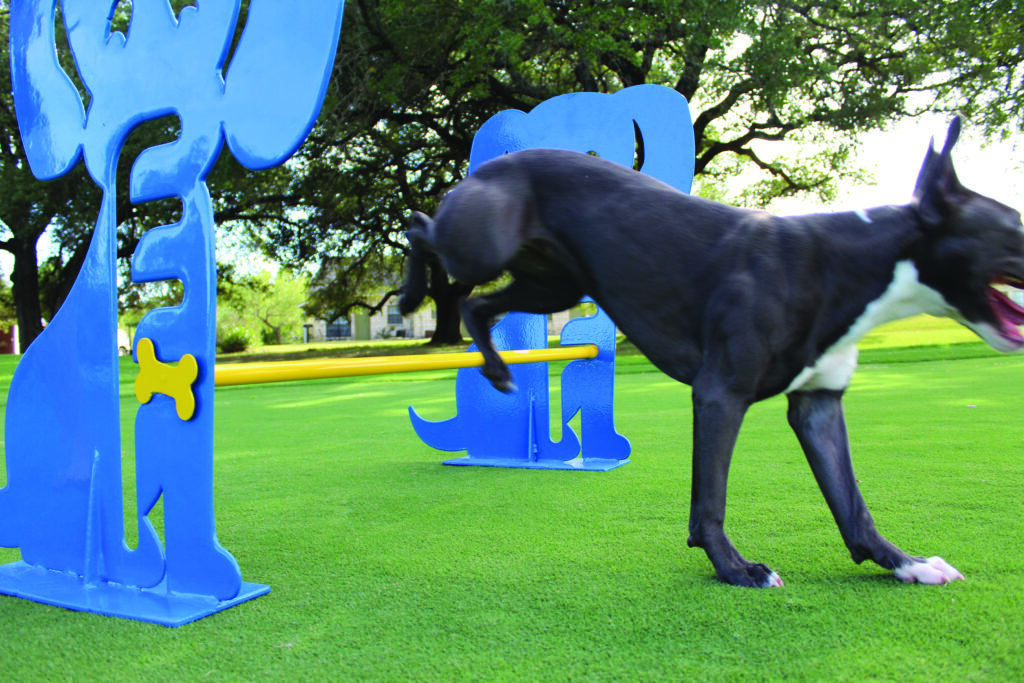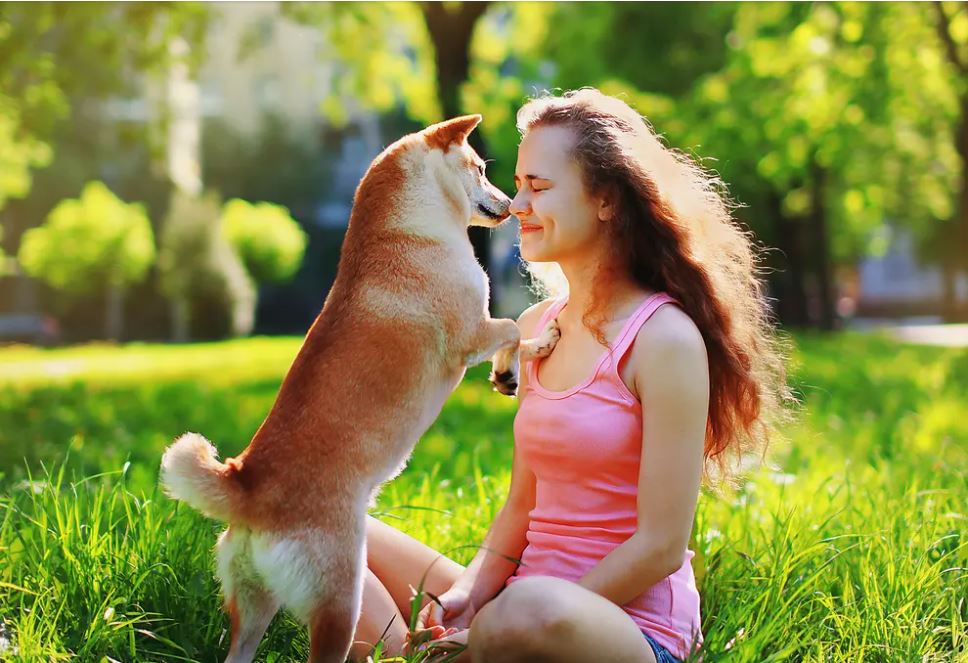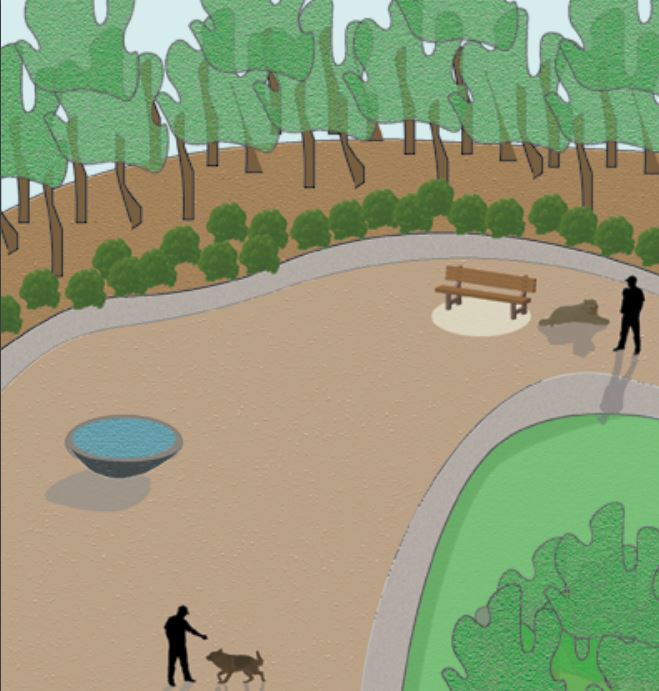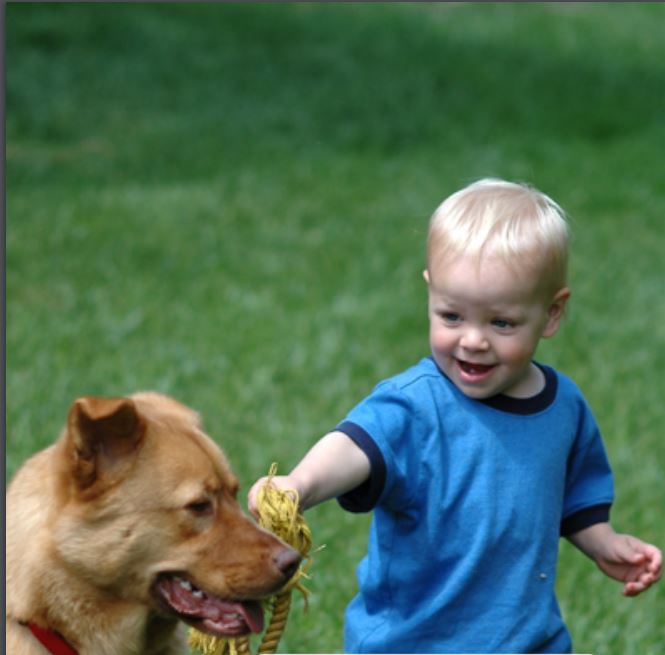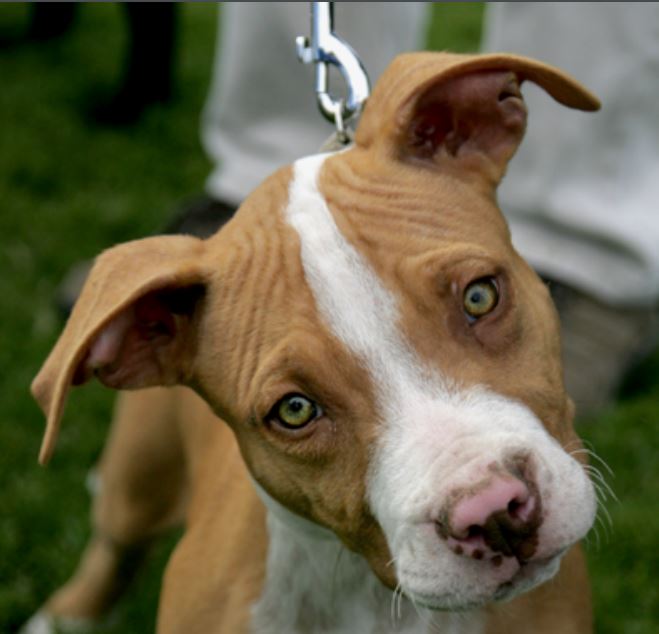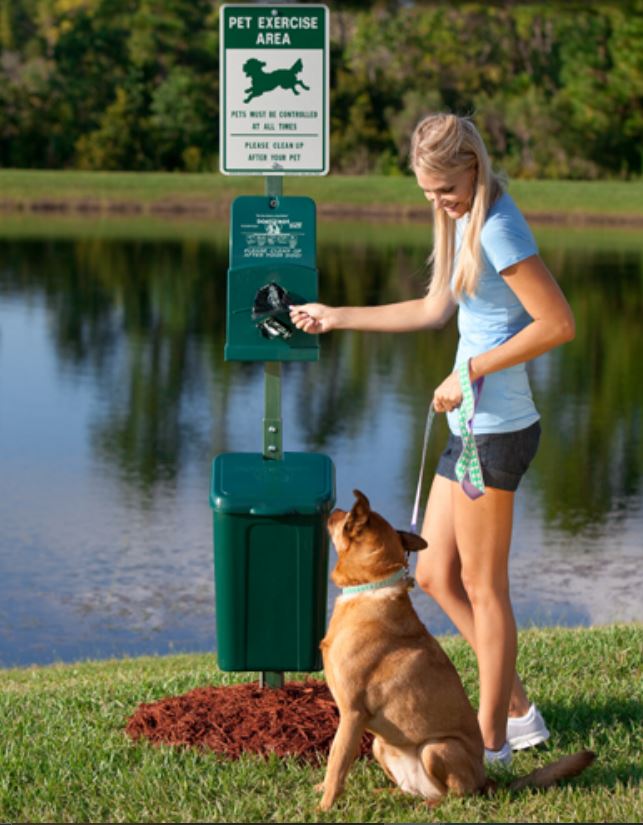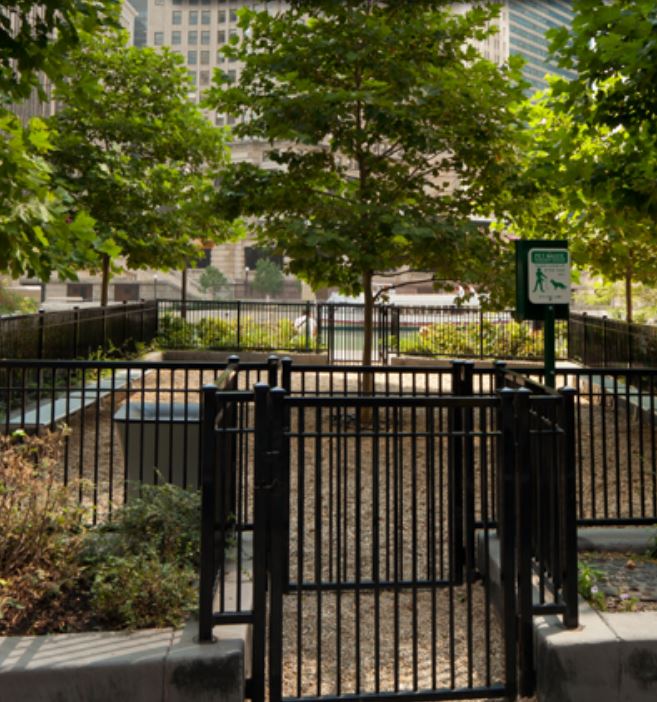Dog parks are by far one of the leading features on the wish list of municipal and community parks. Dog parks can be wonderful additions to a community, whether as an inclusion to an existing community park or as a stand-alone, dog specific park. People who are thinking about building a dog park should be aware that there are many pitfalls to be encountered along the way.
Although important and necessary components, building a dog park is not just about the business plan or the architectural illustrations. It is not just about that perfect parcel of land you want to use, the type of fencing you will install or the unique sign you want to place at the entrance. Before you do anything, learn about your market, learn dogs and the people who own them.
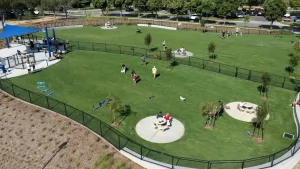
To have a safe park, you must have rules and make sure they are adhered to – you must have a supervised park. While many who use dog parks may be experienced dog owners who realize they still have a lot to learn about dogs, a lot of people are first time dog owners who think they know everything. Dogs have to be interested in being social in the first place for them to have a positive experience at a dog park. Imagine mixing all dogs into an off-leash environment? You really never know what will happen, so it’s imperative to have supervision.
There are several models of dog parks. Municipal dog parks are usually free and open to the public 24/7. Although most have posted rules, there is no one to make sure people abide by those rules. These parks are the ones where most problems are encountered. Member based parks usually charge a fee and require people and their dogs to be registered. Many fee based parks require dogs to pass a temperament test before they are admitted to the park, and people are asked to attend an orientation session. It is not a good idea to mix small and large dogs together in an off-leash environment. Many dog parks have both a small dog area and a large dog area.
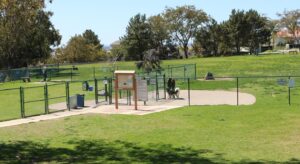
Here are a few things to consider that may help you choose the right spot for your future park:
- Size It Up:
The size of your park may depend solely on the availability of land. But it is recommended at least 1 acre but they can be as big as your community can manage and maintain. If space isn’t an issue, consider an area large enough that it’s possible to rotate high traffic areas annually or even seasonally. - Pack It In:
Consider how your community will use the park. Remember that people need to enjoy the park too! It’s important to plan for seating and shade so everyone stays comfortable when they visit your park. Don’t stop there! Do you want to include room for agility equipment, a sand box, pond or fountain, climbing wall, walking trails or anything else you can think of that your community and its dogs would love? A community meeting can help determine what’s feasible and preferred by the future park patrons. - Water, Water Everywhere:
Consider a water source for humans and dogs as well as a dog rinsing station. On especially muddy days, being able to rinse your dog off to keep cars from getting the full dog park experience can make a nicer day for everyone. - Plan For Clean Up:
To help keep your dog park pleasant and as clean as possible, place waste stations and trash receptacles a decent distance apart (approximately 4 per acre depending on the layout). Ensure the park is easily accessible for landscaping crews so it’s simple to keep your park lush and neat. - Show Your Spirit:
Remember that designing your dog park extends to the spirit of the park. One key way to do this is to set the stage for responsible pet-ownership and behavior in the dog park by developing and posting park rules. Some sample rules may include:- Dogs must be properly vaccinated and it is recommended that they be spayed or neutered.
- Puppies under 4 months of age and female dogs in heat are prohibited.
- Do not bring dog foods into the dog park.
- Owners must clean up after their dogs.
- Dogs with a known history of aggressive behavior are prohibited.
- Dogs must wear a collar with identification at all times.
- Dogs must be leashed when entering and leaving the park.
- Leaving dogs unattended is prohibited.
- Children under the age of 16 must be supervised by a parent or guardian.
- Maximum of 3 dogs per person, per visit.
- Watch for dogs on the other side of the entry gate when entering or leaving to prevent escapes.
Already have your dog park plans ready? How can we help?

ParknPool | Lexington, VA | sales@parknpool.com | 877.777.3700
